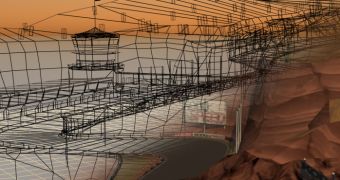Dr. Mitzi M. Montoya of the North Carolina State University, together with Dr. Anne P. Massey, the Dean’s Research Professor in Informational Systems from the Indiana University, and a team of experts have managed to devise a scale that measures the reality level of online virtual worlds. This metric could prove to be a crucial factor in the development of the novel technology that aims at aiding the training, as well as the collaboration applications and processes of international companies.
The crisis of the worldwide economy, the increased travel costs and the ever-lower budgets allocated for training purposes undermine the formerly regular instruction sessions, shifting the attention of company officials towards exploring the possibilities of an online virtual world, which could act as a training and a communication medium. Experts have found that the degree to which the participants feel they are immersed and involved in such a virtual environment drastically influences their engagement, information comprehension and performance.
According to Montoya, who is also the NC State's Zelnak Professor of Marketing and Innovation, “This is an important issue, because we believe that if users feel they are ‘present’ in the virtual world, they will collaborate better with other members of their team – and the more effective the virtual world will be as a setting for research and development or other collaborative enterprises. An increased sense of presence in the virtual world leads to better comprehension and retention of information if the technology is being used for training purposes, and trainees are happier with the process.”
The Perceived Virtual Presence (PVP) scale is based on how a user relates to the virtual world, to his role in it, as well as to the other participants. As Montoya reveals, “Now that we have developed the PVP scale, it can be used to determine what PVP levels are most conducive to training, collaboration or other applications.” This means that their scale can effectively help professionals design their virtual environments with a reality degree best adapted to their specific goals and requirements.

 14 DAY TRIAL //
14 DAY TRIAL //